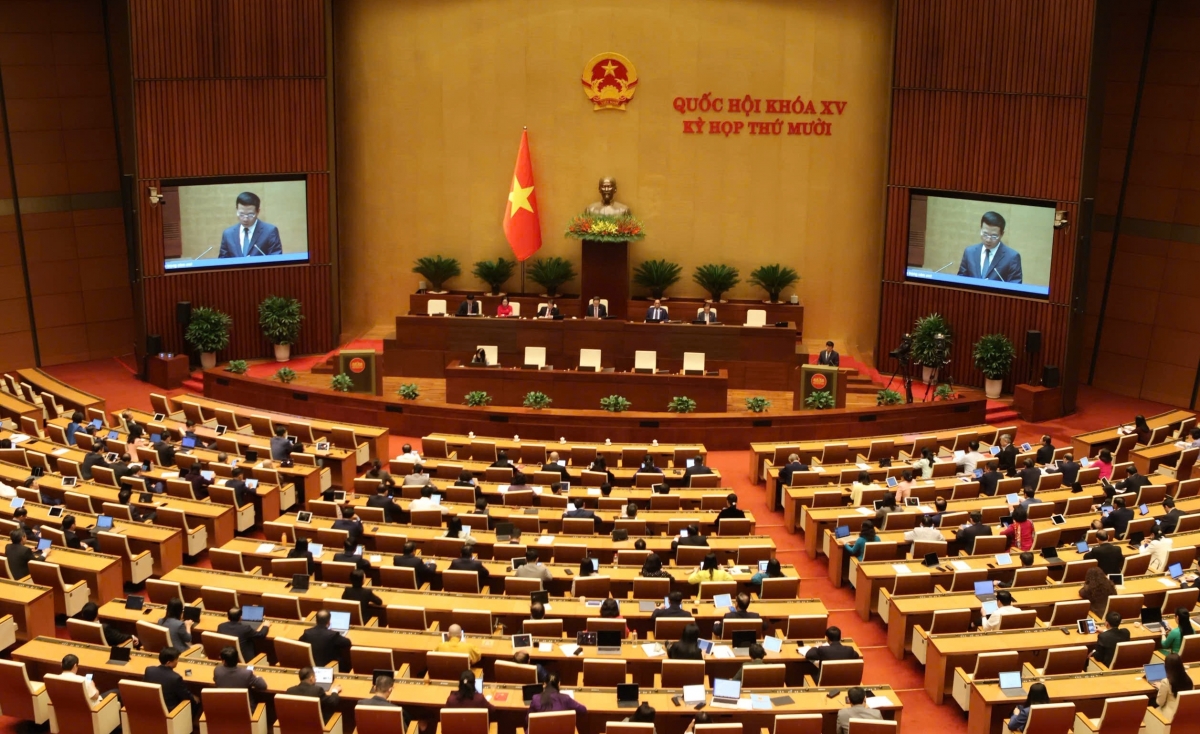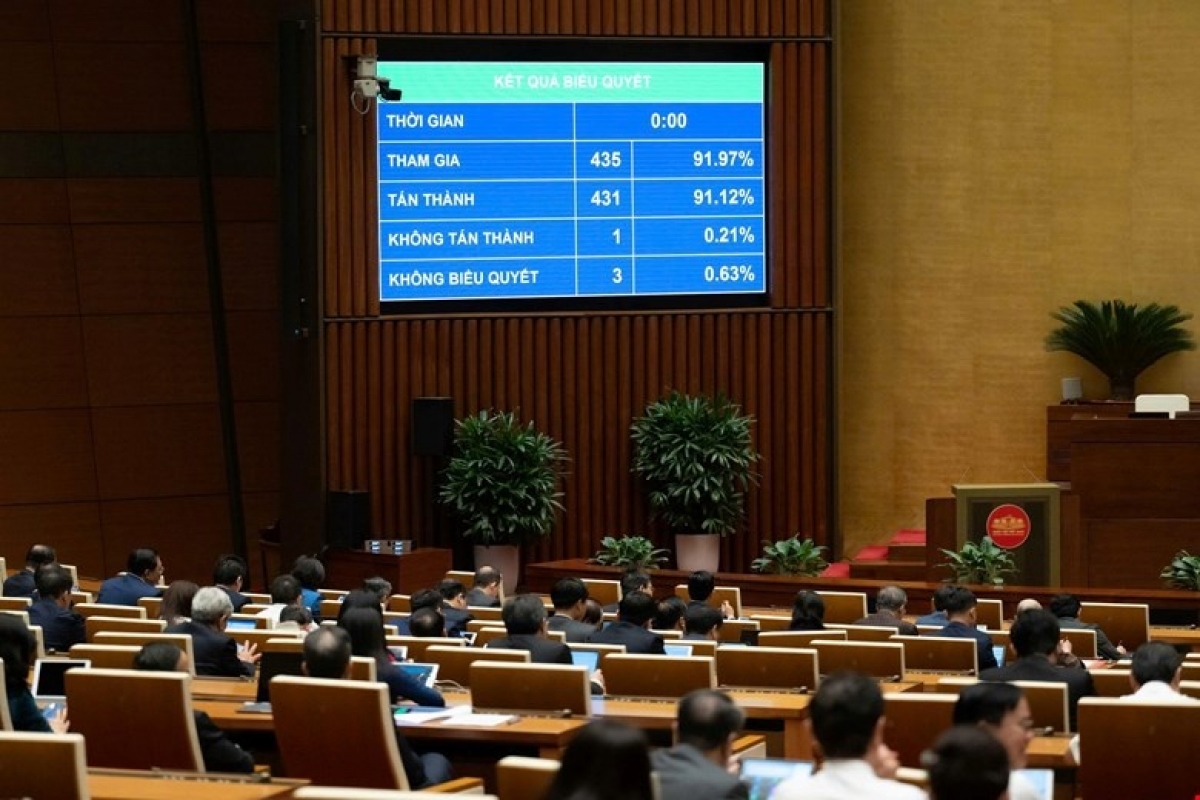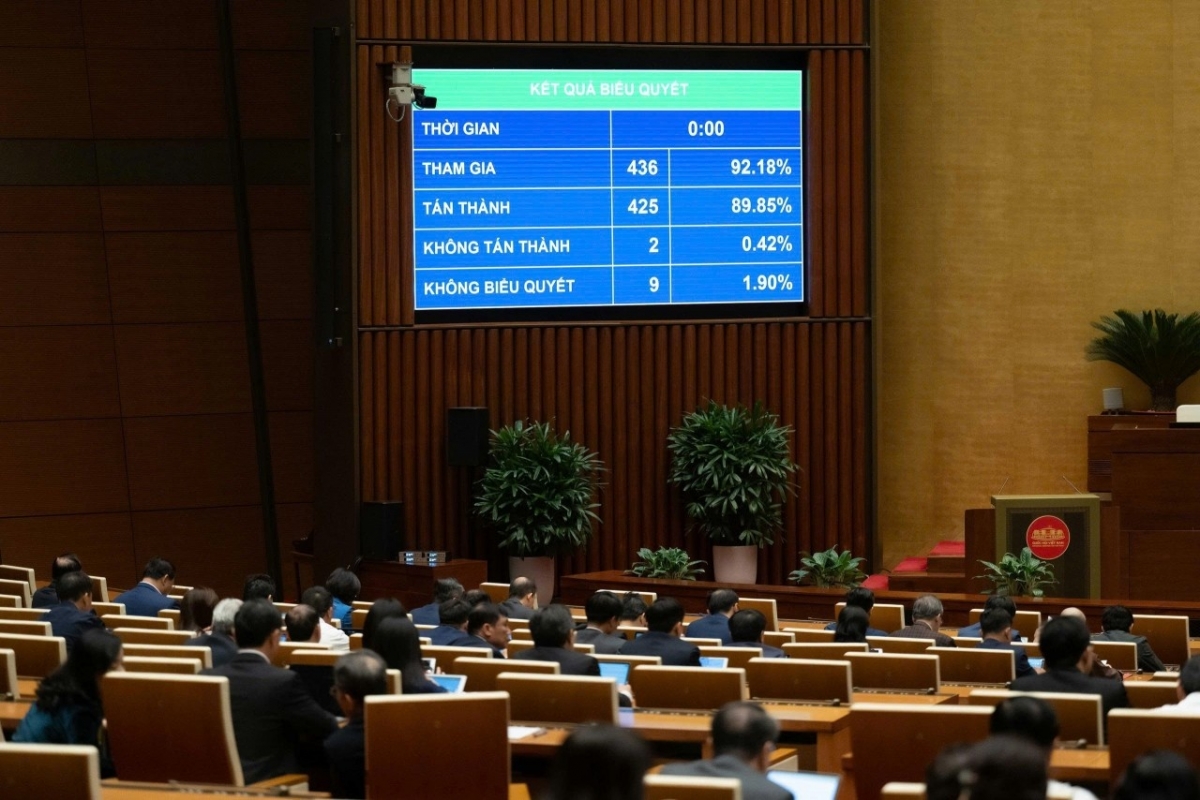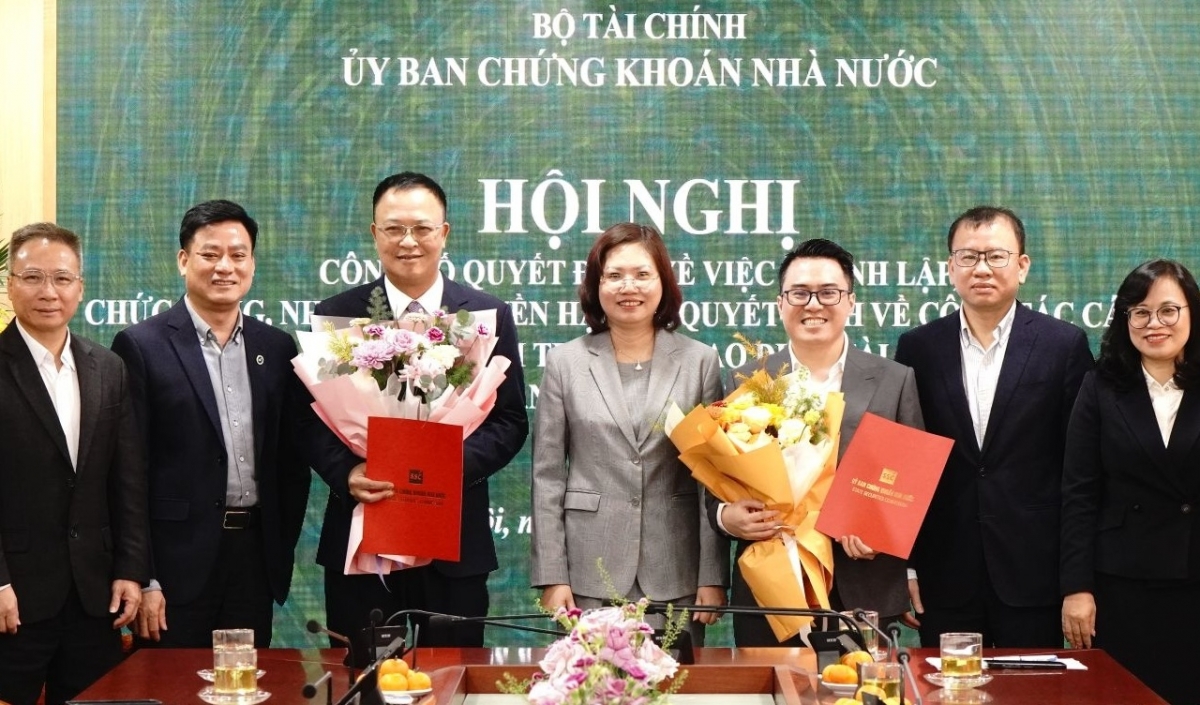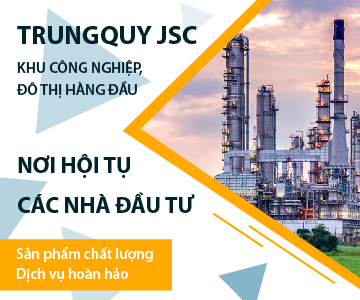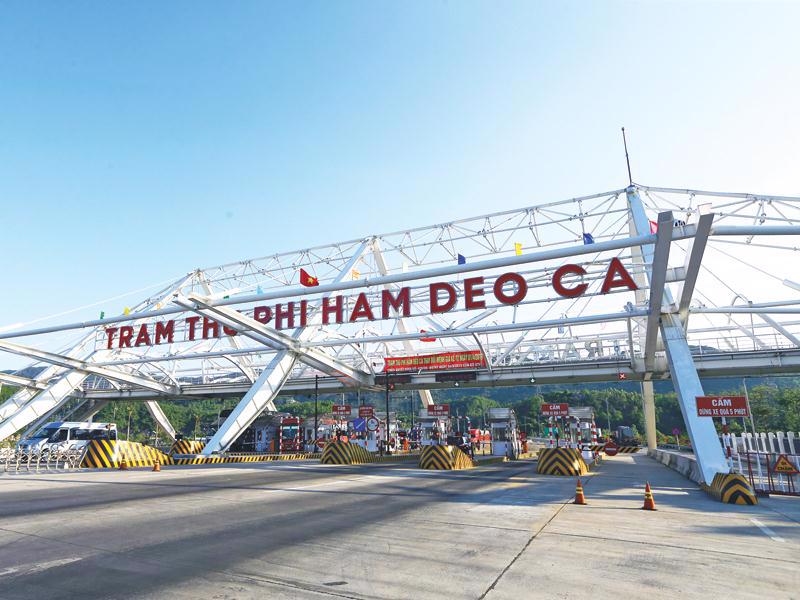INTERNATIONAL INVESTMENT
AND PORTAL
The government on May 13 issued legislation to implement the investment policy for Lao Cai-Haiphong railway with an aim to ensure its progress and quality.
“The move shows the strong determination to develop the railway industry, opening development space and new opportunities for businesses, while enabling localities to accelerate the development of urban areas, trade, tourism and services,” said railway expert Khue Nguyen. “Bold new policies have been made. The important thing now is how we will act in the next steps to realise what we have expected for long.”
As the first electrified railway line in Vietnam, the track will have a total length of more than 400km, passing through nine provinces and cities, including the capital of Hanoi. According to preliminary calculations, the undertaking has a total investment of more than $8 billion.
To make this happen, clear timelines and specific tasks for authorities have been made. The Ministry of Construction (MoC) will be authorised to assign potential investors to implement the route, approve contractor selection and applicable standards and design, and more.
Provincial people’s committees are responsible for land acquisition, compensation, and resettlement support for the site clearance plan, and related projects in relocation of technical infrastructure. They must also advance local state budget capital to carry out compensation and resettlement, and ensure the groundbreaking of resettlement areas in 2025.
The government requires completion of procedures for approving technical assistance schemes, and selecting consulting contractors to conduct surveys and related work, as well as appointing a joint venture contractor to consult on surveys and prepare overall technical design.
The State Appraisal Council has been urged to submit a feasibility study report in August so as to enable construction to start in December.
Nguyen Ngoc Dong, former Deputy Minister of Transport, said, “The move will enable quicker procedures. The investment procedures for the Long Thanh airport took about three years. If following the current procedures, the North-South high-speed railway will need at least four years to start construction. Therefore, the government needs to have a special mechanism to shorten the investment preparation time so that construction can start as scheduled.”
The government also needs to have specific policies to boost the railway industry and supporting industries, attracting high-quality labour for the undertaking, he added.
It is expected that policies similar to the North-South high-speed railway venture will be made available for the Lao Cai-Haiphong route.
To this end, the MoC proposes to develop a decree regulating the content and requirements for surveying and establishing front-end engineering design to replace the basic design in the feasibility study report.
It will be also permitted to issue government bonds to supplement possible deficit from initial estimate without increasing the state budget deficit; mobilise official development assistance capital and foreign concessional loans; and apply the regulations of foreign sponsors in cases where Vietnamese laws are not yet fully fleshed out.
Also attractive to investors is that urban development will be carried out according to the transport development orientation model at railway stations.
Vietnam’s railway industry is attracting growing interest among domestic and international businesses. On May 14, a delegation of Chinese companies, including China Civil Engineering Construction Corporation (CCECC), visited Vietnam to seek collaboration opportunities in high-speed railway initiatives.
At the meeting with Vietnam Deputy Prime Minister Tran Hong Ha last week, the CCECC representative said that it is keen on Vietnam’s high-speed railway projects, including the one linking the two countries. If selected, the company will ensure high technical standards, strict quality control, and on-schedule delivery.
At home, Vietnamese enterprises have been making new moves. Steelmaker Hoa Phat Group announced in April that it would begin construction of a new factory producing high-quality steel and railway tracks. The facility, located in Dung Quat 2 Industrial Zone in the south-central province of Quang Ngai, will focus on manufacturing steel that has not previously been produced in Vietnam, with an emphasis on high-grade rails.
Railway giant Vietnam Railways will increase charter capital and restructure towards participating more deeply in the supply chain, becoming a supplier of materials and mechanical spare parts for the North-South high-speed railway, as well as urban railway lines.
Meanwhile, entities like Deo Ca Group have nurtured their ambitions to produce trains and carriages for the North-South high-speed railway.
“We have strengths in human and financial resources, and are researching international units with experience and reputation in railway tech to cooperate with, aiming to localise production activities for the high-speed railway,” said Nguyen Quang Huy, general director of Deo Ca.
Plans for a high-speed rail line in Vietnam were boosted last week with the entry of a new Vingroup arm.
It was reported that VinSpeed, the Vingroup subsidiary created last week specifically to get involved in the rail project, registered its intent to be the route’s main investor. VinSpeed believes the cost of the initiative could be set at $61 billion, which is less than the $67 billion being touted when the venture was approved earlier in 2025.
According to The Investor, VinSpeed commits to mobilising around one-fifth of the total investment capital, equivalent to $12.27 billion.
“For the remaining 80 per cent, or roughly $48 billion, the company proposed borrowing from the state budget through zero-interest loans, repayable over a 35-year period from the disbursement date,” it added.
The proposed timeline for the high-speed rail route, which could connect Hanoi with Ho Chi Minh City in five hours, has been deemed ambitious compared to previous estimates, with VinSpeed saying it would begin construction this December – a full year earlier than the previous government proposal – and finish the entire line in 2030.
VinSpeed also suggested teaming up with the country’s biggest real estate developer Vinhomes, another Vingroup subsidiary, to create urban areas around railway stations on the route to boost revenues.
 VinSpeed registers to invest in North-South high-speed railway
VinSpeed registers to invest in North-South high-speed railway
VinSpeed High-Speed Rail Investment and Development JSC has registered interest in investing in the North–South high-speed railway, which is expected to be completed by 2030.
 PM Chinh chairs review of China-Vietnam railway network plans
PM Chinh chairs review of China-Vietnam railway network plans
Prime Minister Pham Minh Chinh, head of the Steering Committee for key national railway projects, chaired a meeting on May 20, to review the implementation of railway projects that will connect with China.
 Standardisation to aid industries in high-speed rail
Standardisation to aid industries in high-speed rail
Vietnam’s aviation is expected to continue its recovery in the upcoming months. At the same time, the expansion of domestic and regional airlines’ fleets and the reduction in fuel prices will be the basis for reducing airfares.


